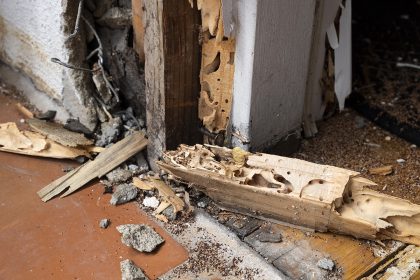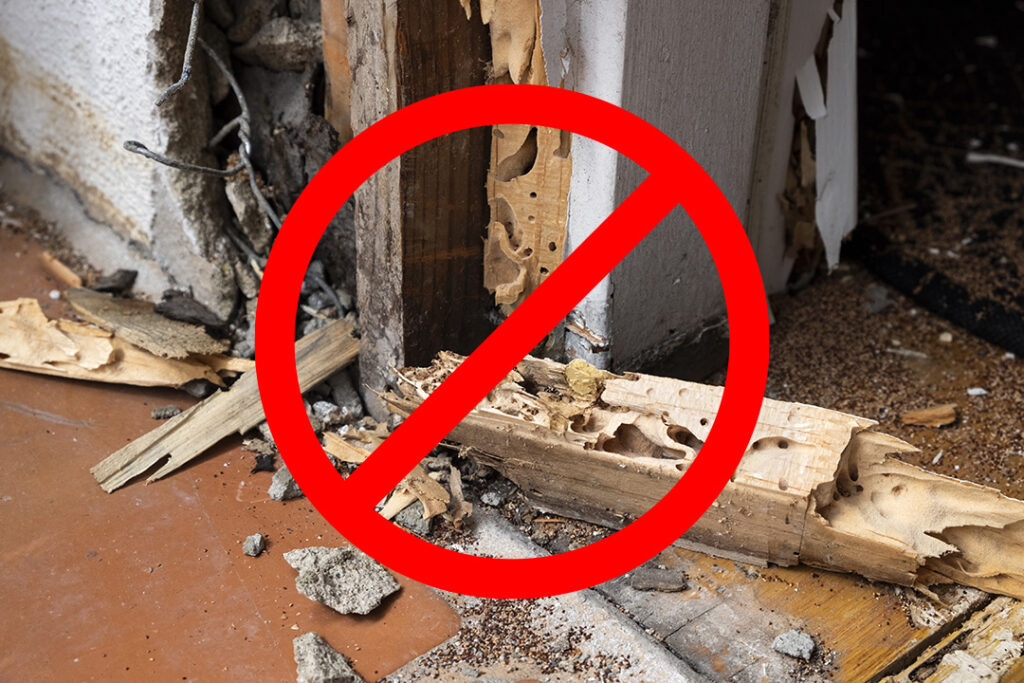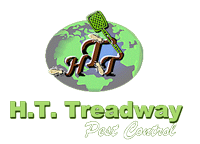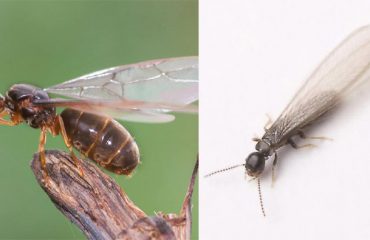
Those fascinated by bugs and pests probably know a thing or two about the silent destroyers, termites. For the rest (and probably the majority) of the community, you may not be fully aware of how destructive these pests can be to a home.
Why are they called the silent destroyer?
Homeowners typically don’t see or hear these pests and only notice them when a significant amount of damage has already occurred. Termites are responsible for billions of dollars in damage annually. Just because these pests are often unseen does not mean you should completely ignore them. Disregarding termites is a terrible idea.
What are termites?
While they look similar to and live in colonies like ants, termites are a far bigger concern for homeowners. These small pests are smaller than a centimeter in length and white/tan in color. They look for shelter that offers food, moisture, and a warm temperature, which is why they congregate inside homes during the colder months. There are 45 species of termites, but the most prevalent in York, PA, are the subterranean termites.
Signs you have termites
Termites are responsible for billions of dollars in damage annually. When termites invade a house or structure, they feed on wood, drywall, and sometimes plastic. If not attended to, they can destroy the structure and safety of your home. Here are six signs that you may have termites in your house.
- Clicking sounds. If you hear clicking sounds coming from behind walls, this could be soldier termites that bang their heads against the wood to warn the colony they are in danger.
- Bubbling paint or floors. As termites eat away at the wood behind walls and under floors, they bring more moisture to the area and cause it to look like you have water damage.
- Sawdust or wood shavings. What looks like sawdust may actually be Frass. Frass is termite droppings that are small and look like wood shavings.
- Drooping ceilings and bowed walls. Once the home structure diminishes and support beams are damaged, homeowners may notice sagging ceilings and bowed walls.
- Hollowed or damaged wood. Termites eat wood from the inside out, leaving behind a hollow shell.
- Mud tubes. Termites live underground but travel daily to their food source through mud tunnels that keep the termites safe from drying out.
Steps to get rid of termites

There are plenty of strategies that work to prevent termites, including using orange oil to make the wood less appealing, using a dehumidifier, and tending to rotted wood immediately, but eliminating them from your home is a different story. Getting rid of termites is a challenge that requires help from a professional (that’s us!). If you think you have termites or want to be sure that you don’t, send us a message or give us a call or to handle what’s ‘bug’ing you!

